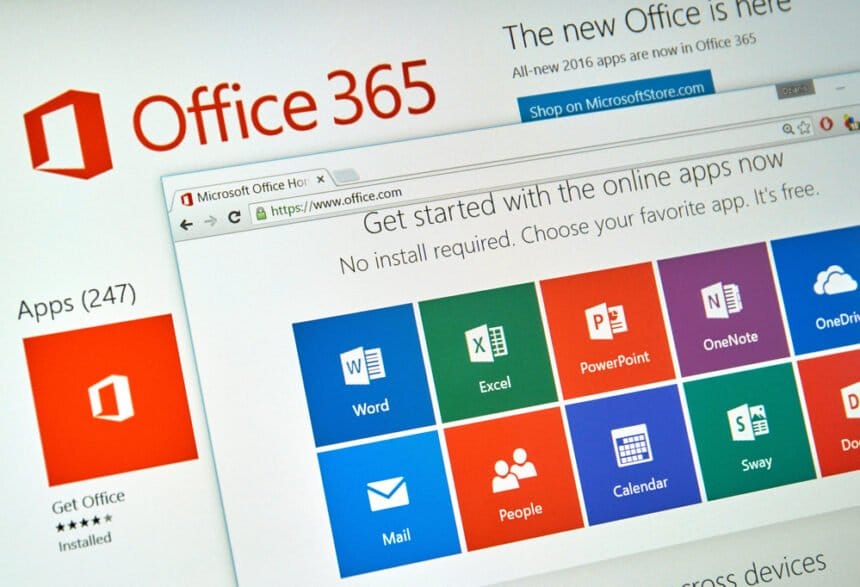Data breaches have become frighteningly common in recent years. In 2022, over 422 million individuals were affected by over 1,800 data breaches.
According to the Identity Theft Resource Center’s 2022 Data Breach Report, the number of data breaches decreased slightly in 2022 from the number reported in 2021. However, this was due to a lag in the beginning of the year and the total number of Americans affected actually surged.
The number of Americans affected increased by 42% compared to the previous year. Reports were significantly lower in the first half of 2022, possibly due to the war in Ukraine and volatile cryptocurrency prices. However, the number increased in the second half of the year. Most of the compromises in both years were classified as data breaches, but in a few cases, data was exposed in other ways that didn’t involve a breach of computer systems.
All organizations need to take the right steps to protect against data breaches. These attacks will become even more common now that many hackers are using AI to deploy more cyberattacks. This entails shielding applications from cyberattacks.
Since so many companies use Office 365, they need to make sure the documents stored on it are safe from hackers.
Office 365 Products Need to Be Protected from Hackers
Office 365 has become the go-to productivity suite for businesses of all sizes. Moreover, cloud-based productivity software is defining the way modern companies do business. Not only does this software digitize the workplace, but it improves collaboration, productivity, and connectivity with customers and coworkers.
But like any other cloud-based service, users must learn to protect Office 365 to prevent data breaches and loss. Luckily, Office 365 offers a myriad of data protection features. But to fully understand the protection capabilities of Office 365, we must discuss the available data and threat protection features.
This guide will offer a deep dive into the best Office 365 protection tips to give you an overview of the suite’s capabilities and why implementation is essential for business continuity. But first, does Office 365 offer enough protection?
Does Office 365 Do Enough Protection?
While Office 365 offers built-in security features, it is essential to understand that these measures alone may not be sufficient to safeguard your business data. Microsoft provides a secure foundation, but it’s up to individual organizations to implement additional security measures to ensure comprehensive protection.
Because of that, and despite the attention to detail and professionalism, the native features aren’t enough for full-scale protection. That’s what forces many organizations to seek third-party Office 365 protection software specializing in data security.
With that said the tips in our guide will enhance the security of your Office 365 environment and minimize the risk of data breaches or unauthorized access.
6 Tips for Office 365 Security
Below are six tips we recommend for securing the Office 365 suite against threat actors, accidental deletion, and data loss prevention.
Enable Multi-Factor Authentication (MFA)
An efficient and easy way to enhance the security of each Office 365 tenant is to enable MFA. MFA adds an additional layer of protection that requires users to use an additional verification form. This is usually a code sent to their mobile device and their password.
By implementing MFA, even if an attacker obtains a user’s password, they would still need physical access to the user’s secondary authentication device, significantly reducing the risk of unauthorized access. As a result, MFA is a standout feature of most modern cloud services and one that Microsoft actively recommends you enable.
Log in to the Microsoft 365 admin center to disable legacy authentication and enable MFA.
Regularly Update and Patch Applications
Keeping your Office 365 applications up to date is crucial for maintaining security. Unfortunately, hackers will often target employees with outdated software in hopes of breaching the Office 365 suite. Luckily, Microsoft frequently releases security patches and updates to address vulnerabilities and protect against emerging threats.
Unfortunately, many employees don’t go ahead with updates and simply click the “remind me later” button whenever they log in to Office 365. That’s why you must encourage them to update when a new patch is available.
On the other hand, Office administrators can schedule these updates and eliminate employees needing to update Office 365 and its many applications manually. Establish a process to regularly review and apply these updates to protect your environment with the latest security fixes.
Implement Data Loss Prevention (DLP) Policies
Office 365 offers powerful data loss prevention features that allow you to define policies to prevent sensitive information from being shared or leaked outside your organization. These policies will alert users whenever sending confidential or sensitive data through email or other communication channels.
By configuring DLP policies, you can detect and mitigate potential data breaches, ensuring that confidential data remains secure. Subsequently, you could pair these policies with the powerful encryption features in Office 365. For example, one way to prevent sensitive data from being stolen or lost through email is to encrypt email communications.
Enforce Identity and Access Management
Office 365 Identity and Access Management (IAM) is crucial to securing and controlling access to Microsoft Office 365 resources and services. It encompasses a set of tools, policies, and practices that enable organizations to manage user identities, control access, and authorization processes, and enforce security policies within their Office 365 environment through Azure Active Directory.
The primary goal of Office 365 IAM is to ensure that the right individuals have appropriate access to the right resources while maintaining data confidentiality, integrity, and availability. In addition, IAM helps organizations prevent unauthorized access, protect sensitive information, and manage user identities efficiently to strengthen security capabilities and management.
Monitor and Analyze User Activity
Similarly to IAM, we can analyze and monitor user activity within Office 365 to see first-hand which data employees access. The monitoring features of Office 365 will allow you to track user actions, detect suspicious activity, and identify potential security incidents.
Similarly, you can also enable conditional access to specific types of data and apps and prevent unauthorized users from accessing them. Monitoring user activity gives you the benefit of limiting security threats and taking appropriate action to mitigate risks.
Backup Your Office 365 Data
Lastly, Office 365 offers several data backup capabilities for your entire digital workspace from accidental deletion, malicious attacks, or software errors. Unfortunately, any of these events can result in permanent data loss, which could have far greater consequences for your business.
However, Office 365 offers few automation tools for backing up sensitive data. This forces companies to go with dedicated third-party tools for all of their backup needs. On the other hand, these tools are expensive, and the features Office 365 offers are free of charge.
Office 365 Applications Need to Be Secured Against Data Breaches
Securing your Office 365 environment is paramount to protecting your digital workplace and valuable business data against the growing the threat of data breaches. While Office 365 provides a solid foundation, it is crucial to implement additional security measures tailored to your organization’s needs. By following the tips mentioned in our guide, you can significantly enhance the security of each Office 365 tenant and minimize the risk of data breaches or unauthorized access.










